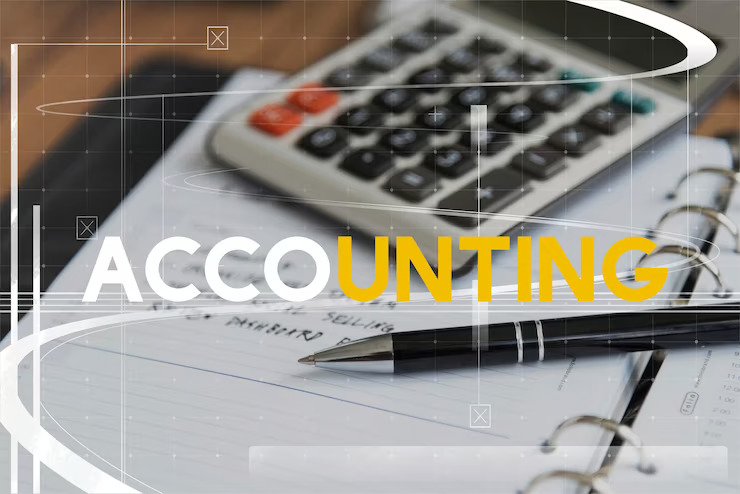Managing Fixed Assets: Accounting Techniques For Long-Term Success

Fixed assets, often the largest investment for a business, play a vital role in an organization’s financial stability and growth. Managing them properly through well-crafted accounting techniques ensures that they contribute positively to the company’s long-term success. This article will explore various strategies, methods, and best practices for effectively managing fixed assets within an accounting context.
Understanding Fixed Assets
Fixed assets are long-term tangible assets that a business utilizes to generate income, such as buildings, machinery, equipment, and vehicles. Unlike current assets, fixed assets are not intended for sale within the regular business cycle but are instead used over several years. The proper management of these assets is essential for accurate financial reporting and strategic planning.
Depreciation and Amortization
One of the critical aspects of fixed assets accounting is understanding depreciation and amortization. Depreciation is the gradual reduction in a tangible asset’s value over its useful life, while amortization applies to intangible assets like patents or licenses. Calculating and recording depreciation accurately is vital for reflecting the actual value of assets on the balance sheet and for determining tax liabilities.
Implementing Proper Tracking and Control
Effective management of fixed assets requires meticulous tracking and control. This involves regular audits, documentation, and utilization of technology to ensure accuracy.
Asset Tagging and Monitoring
Assigning unique identification tags and employing tracking software helps in monitoring the location, condition, and utilization of assets. Regular physical verification ensures that the records align with actual assets, preventing discrepancies and fraud.
Integration with Accounting Systems
Fixed assets accounting must be seamlessly integrated with the overall accounting system. This allows for automated updates, reducing manual errors and providing real-time insights into the assets’ status.
Ensuring Compliance and Reporting
Compliance with various regulatory standards and accurate reporting are paramount in fixed assets accounting. Adherence to guidelines such as Generally Accepted Accounting Principles (GAAP) and International Financial Reporting Standards (IFRS) ensures transparency and builds trust with stakeholders.
Regular Review and Reconciliation
Regular review of fixed asset registers, reconciliation with financial statements, and adherence to legal requirements ensure that the organization is compliant with all relevant laws and regulations. This not only minimizes legal risks but also provides an accurate representation of the company’s financial health.
Investing in Technology and Training
In today’s fast-paced business environment, investing in the right technology and training personnel is essential for efficient fixed assets accounting.
Utilizing Fixed Assets Management Software
Advanced fixed assets management software offers features like automated depreciation calculation, asset tracking, and reporting. Investing in a system that fits the organization’s needs simplifies the management process and enhances accuracy.
Training and Development
Ensuring that the team responsible for fixed assets accounting is well-trained and updated with the latest industry standards and regulations is equally important. Regular training sessions, workshops, and certifications enhance competency and foster a culture of continuous improvement.
Selecting the Right Fixed Assets Accounting Method
Choosing the appropriate accounting method for fixed assets is a crucial decision that can have a lasting impact on financial reporting and tax liabilities. Various methods can be applied, each with its own set of rules and implications. Selecting the right method depends on several factors such as the nature of the asset, the industry, and the financial goals of the organization.
Here’s a list of common accounting methods used for fixed assets:
- Straight-Line Method: This method spreads the asset costs equally over its useful life, providing a persistent expense in depreciation every year.
- Double Declining Balance Method: This approach accelerates depreciation, with higher expenses in the earlier years of the asset’s life.
- Sum-of-the-Years-Digits Method: A more complex method that also front-loads depreciation but at a different pace compared to the double declining balance.
- Units of Production Method: Depreciation is calculated based on the asset’s actual usage or production. It is suitable for machinery or equipment with variable usage.
Understanding the advantages and disadvantages of each method, aligning them with the company’s operational dynamics, and seeking professional guidance if necessary, ensures that the chosen method reflects the economic reality of the fixed assets, complies with relevant accounting standards, and supports the organization’s strategic objectives.
Conclusion
Fixed assets accounting is more than just numbers on a balance sheet; it’s a strategic component that directly impacts an organization’s long-term success. Every aspect contributes to effective management, from understanding depreciation to implementing robust tracking systems, ensuring compliance, and investing in technology and training.
By adopting best practices and staying abreast of changes in regulations and technology, businesses can leverage fixed assets as valuable resources, driving growth, stability, and success in an increasingly competitive market landscape.
Read Also:














